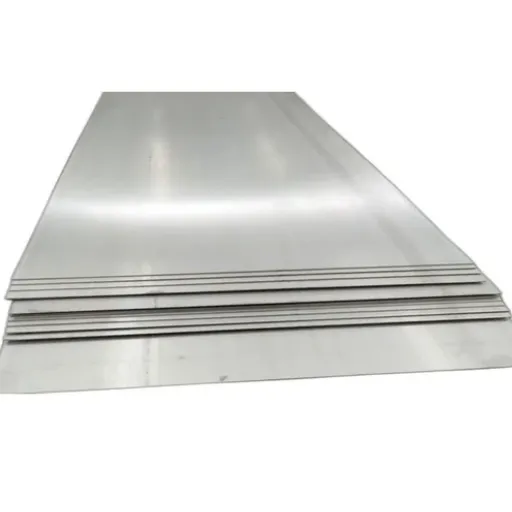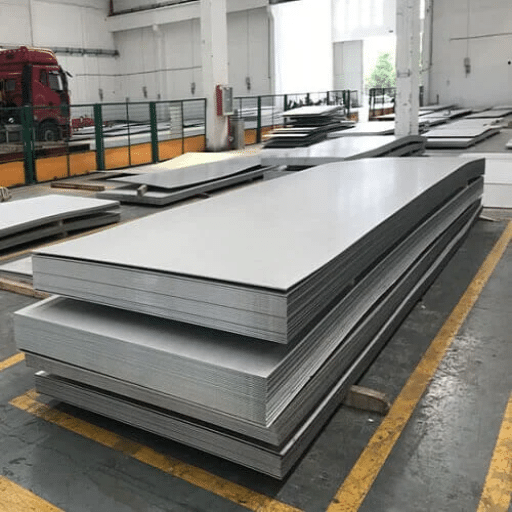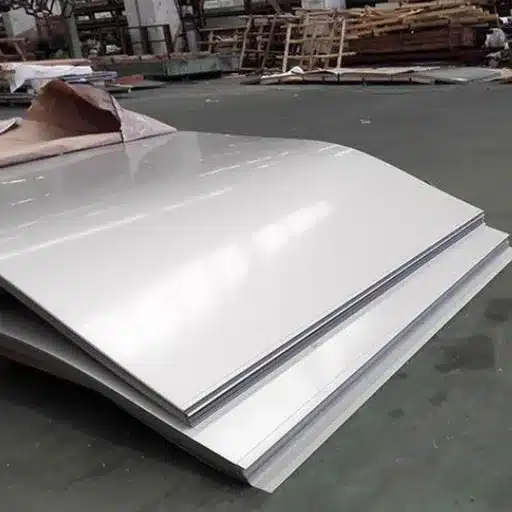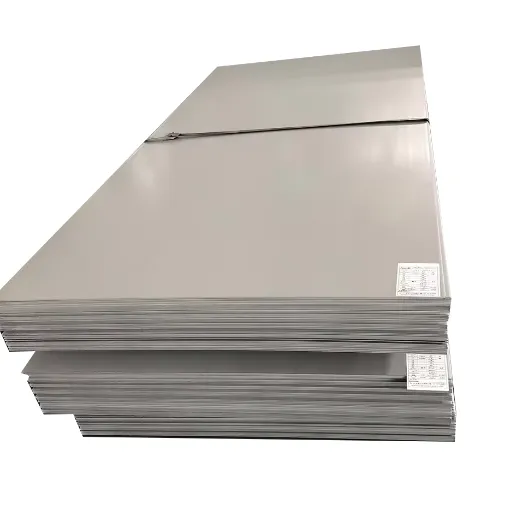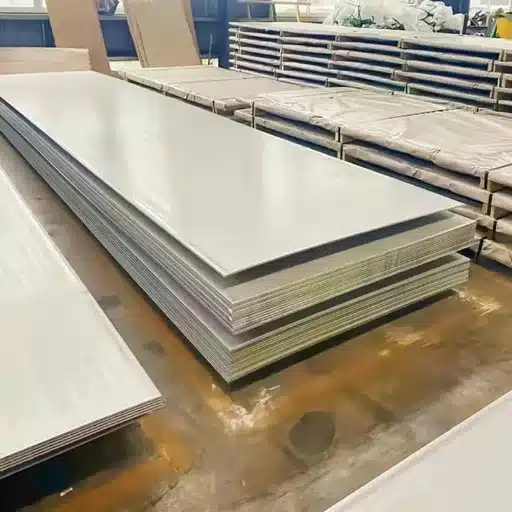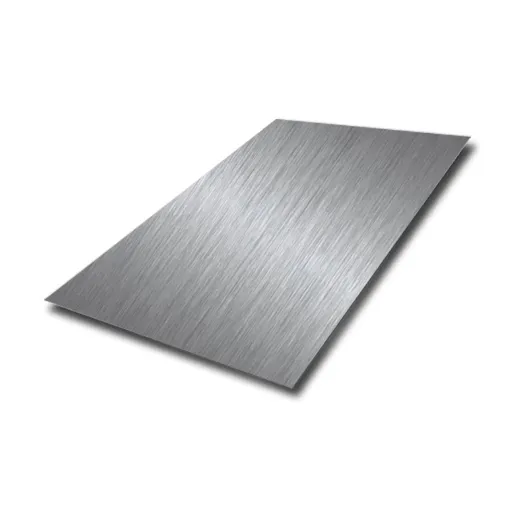Knowing the exact thickness of 11-gauge steel is essential for operators and enthusiasts involved in the manufacturing, construction, and metal fabrication industries. Gauges can become difficult when considering that the lower the gauge number, the greater the thickness of the metal. Often, this becomes a source of uncertainty when choosing materials. This post addresses the steel gauge, focusing on 11-gauge steel, to give one an exact measure of its thickness. It will then provide some insight into the conversion method of gauge values into measured dimensions and why such a conversion is necessary to get accurate measurements when applications require precision. Whether designing heavy machinery or undertaking DIY projects, the knowledge from this article will be your key to making the right material choices.
Introduction to Gauge and Sheet Metal

Gauge thickness is used in different industries wherever precision is needed; for example, the construction industry, automotive manufacturing, and metal fabrication require precise and exact measurement techniques. A gauge is a standard unit of measurement that measures the thickness of sheet metal: the smaller the gauge, the thicker the metal. For instance, refiner 11 gauge steel measures approximately 0.1196 inches, or 3.038 mm. In this manner, different industries agree on materials that satisfy the required specifications for a particular structural or functional need. Knowledge of gauge measurements is necessary to accurately fulfill a particular requirement in construction, automobile manufacturing, and metal fabrication, where exactitude is needed, and material performance must be assured.
What is Gauge Thickness?
Gauge thickness is essentially the standard gauge thickness used to describe a material’s thickness, usually metals, wires, and sheets. The gauge system assigns a number by which lower numbers represent thicker materials and higher numbers represent thinner materials. For instance, in sheet metal, a steel sheet of 16 gauge thickness is roughly 0.0598 inches (1.518 mm), whereas a thinner 22-gauge steel sheet is of only 0.0299 inches (0.759 mm) thickness. It must be borne in mind that gauge scales are not uniform for various materials. For example, steel, aluminum, and copper have different standards.
The law of gauge thickness becomes most applicable when questions concerning the strength, durability, and flexibility of materials arise in construction and manufacturing industries. Selecting the proper gauge implies consideration of design tolerances, loading requirements, and safety measures; nonetheless, this has become more reliable and efficient as material and technological development have aided in the precise calibration of gauge specifications.
Importance of Understanding Steel Gauge
As the first choice of any metal fabricator, steel gauge is a very important feature considered in metalworking and fabrication. It is directly linked to the thickness of a material and so would affect its strength, life, and finally, its application. The number specifying the thickness means the opposite for steel-gauge: lower gauge numbers mean a greater thickness, while higher numbers mean a thinner steel sheet. A correct understanding of steel gauge becomes important for engineers, designers, and manufacturers to equate material properties to the requirements of weight limits or cost considerations regarding structural needs.
For standardization, commonly referenced gauge systems include American Steel Gauge (ASG) and Birmingham Gauge (BG), which report to the thickness of various grades of steel. Standardizing steel thickness of 16 gauge mild steel plate is 0.0598 inch (1.519 mm), whereas stainless steel of the same grade 16 gauge would approximate 0.0625 inch (1.588 mm) orientation of its own standards due to the material density variations between each.As different manufacturers have slightly different thickness values themselves based on the materials they deal with, knowing the relationship between gauge and performance of the material in question is essential while selecting steel for automotive panels, structural parts, or even for precision-machined parts. A mismatched gauge selection can result in lower durability than expected, excessive weight, or increased manufacturing costs.
Hence, understanding the mutual relationship between gauge and application performance is essential for selecting steel for specific uses, ranging from automotive panels to structural components to precision-machined works. Selection problems arising from gauge may lead to issues with durability, excessive weight, or increased manufacturing costs. This knowledge is, moreover, at the base of adapting cutting or bending tools accordingly to handle such material appropriately in the production process. The mastery of steel gauge principles by industry professionals will translate to the best outcomes related to strength vs. weight ratios, material efficiency, and product reliability, thus assuring that the fabrication will follow the design considerations.
11-Gauge Steel Thickness Measurement
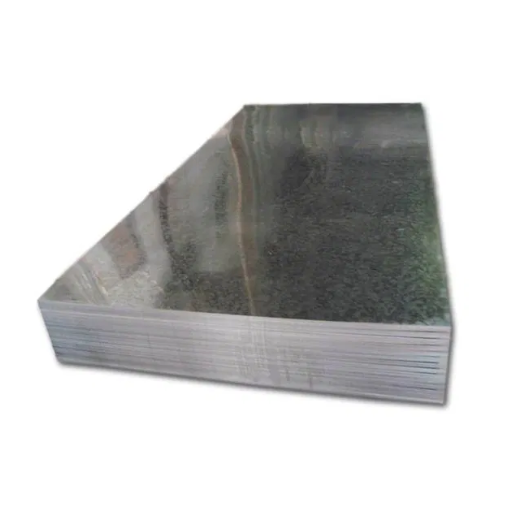
11-gauge steel thickness is 0.1196 inches, which is approximately 3.038 millimeters. This measurement is as per the gauge chart generally used in the United States for steel materials. It is pertinent to consider slight variations depending upon the kind of steel (e.g., stainless, galvanized), but the said thickness remains quite constant across most industry standards for the general steel classifications. In the cases of critical applications, the categories of the tools or the manufacturer’s specifications should be verified against the said measurement.
Conversion of 11-Gauge Steel Thickness in Inches
The thickness of the 11 gauge steel is very commonly accepted as 0.1196 inches or 3.038 millimeters approximately, conversion having been undertaken by means of standard unit conversion methods. This precision is crucial for engineering, construction, and manufacturing applications, where compatibility and structural integrity are ensured across varying projects. It is also possible to maintain consistent measurements between the two systems of measurement (Imperial vs. Metric) by implementing the updated standards for conversions, which is a mandatory industry requirement for industries with global interactions.
Conversion of 11-Gauge Steel Thickness in Millimeters
The thickness of 11-gauge steel is standardized at 0.1196 inches, a measurement commonly accepted by the metalworking and fabrication industries. When converted to metric units using the most precise conversion methods, this thickness actually measures 3.03784 millimeters. Such precision proves critical when adhering to tight dimensional tolerances, while in circumstances where components must fit seamlessly into a metric-based assembly, it remains consistent even when tolerances are breached. The steadfast distance conversion factor of 25.4 millimeters per inch contains no discrepancy and will always nurture the capability of the professional seeking accuracy in conceptualization and actualization, endorsed by verified information from reliable sources to validate that the figures remain consistent and useful for practical applications. This enhances a superior consideration of the role of proper unit conversion in ensuring the interoperability of global measurement standards.
Using a Gauge Thickness Chart
An indispensable gauge thickness chart is useful in the manufacturing industries, construction, and engineering, where precise material dimensions are essential to specifications. These are charts standardized to serve as references for the thickness of materials, passing from gauge numbers to thicknesses in either inches or millimeters. In such a way, through metalworking, an often-cited chart would tell you that the 18 gauge of steel has a thickness of 0.0478 in. (1.214 mm), while the corresponding 20 gauge of steel has 0.0359 in. (0.911 mm). Gauge standards also differ depending on the type of metal, with allowance kept for steel, aluminum, and other metals. Through a combination of teachings from renewed industry literature and verified databases, users can ensure accuracy while selecting materials suited for an application and for design tolerances and specifications.
Applications of 11-Gauge Steel Across Industries
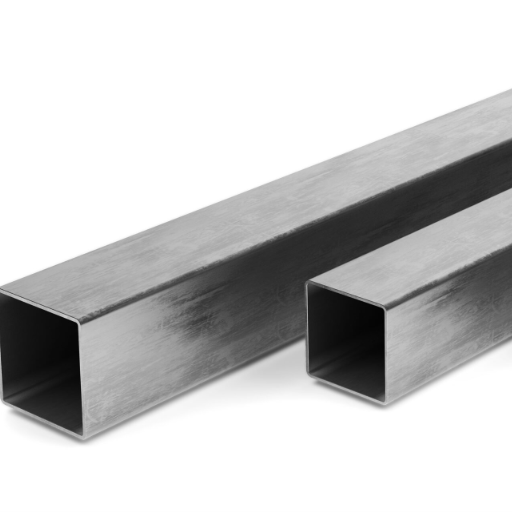
Strength and durability count among the properties that make 11-gauge steel popular and adaptable. Its applications lie:
- Construction: The construction grade steel is typically employed in structural frameworks, support beams, and components of reinforcement, for it bears high loads and resists deformation.
- Manufacturing: Used for machinery intended for heavy operational workloads, equipment housings, and parts requiring strength and rigidity.
- Automotive Industry: Putting it to use to manufacture various components of chassis and reinforcements where the necessity of strength and reliability is basic.
- Agriculture: At the agriculture level, acts in making cast iron equipment, including a plow, trailers, and fences that can resist wear and solvent pouring down on them from the weather.
- Energy Sector: Frequently made use of in erecting wind turbine components, pipelines, and other infrastructure that demands corrosion resistance with longevity.
The fact that it is used in such a variety of applications testifies to the ability of 11-gauge steel to respond to a wide array of demanding applications effectively and reliably.
Construction Industry Applications
- Structural Support Systems: Having undergone primary structural use in the fabrication of beams, columns, and braces, 11-gauge steel provides core strength to support multi-storey buildings and heavily loaded structures. When requested for projects, its tensile strength may hit beyond 50,000 psi, thus constituting a prominent load-bearing steel application.
- Framing and Roofing: The thickness of 11-gauge steel has set it up as one of the excellent framing and roofing materials. Able to resist deformation and weather conditions, it allows for forging residential and commercial buildings for a comfortable lifespan.
- Reinforcement Bars (Rebar): It reinforces concrete design for bridges, highways, and large-scale infrastructure due to its high compressive strength and resistance to corrosion.
- Utility Poles and Support Towers: Construction of utility poles, communication towers, and transmission line towers where environmental wetness could ensure stresses, considering the historic benefits of 11-gauge steel.
- Steel Safety Barriers and Guardrails: Used for safety guardrails on highways and barriers at construction zones. This will be resilient to critical safety against impacts.
- Building Facades and Panels: Lightweight yet strong enough to be commonly used in modular panels and decorative facades due to its ability to be cut and formed with precision without any compromise to the strength.
Automotive Industry Applications
- Chassis and Frames: The chassis of an automobile and structural frames use 11-gauge steel to different extents in guaranteeing rigidity for bearing vehicle weight and crash resistance. With its tensile strength over 45,000 to 50,000 PSI, it gets stressed huge during commences.
- Reinforcements and Impact Zones: Steel is commonly used in crumple zones as well as side-impact beams and roll cages so that drivers and passengers remain safe. It deforms at a known rate upon application of stress to provide controlled energy absorption during impact.
- Exhaust Systems: The steel at 11 gauge is injected with qualities of durability and corrosion resistance and hence is mostly specified for exhaust pipes and mufflers. It imparts longevity to the components on account of resistance to degradation from high temperature.
- Suspension Components: Like Control Arms and Brackets and Mounting Plates-The 11-gauge steel is first chosen for load precision reasons. Secondly, its machinability stays consistent so that tight tolerances can be achieved, which are of absolute importance for stability and performance.
- Body Panels and Reinforcements: Thin steel sheets are usually employed for exterior body panels, while 11-gauge steel is used for reinforcements where strength is of upper priority; door pillars and undercarriage areas are among such examples.
Manufacturing and Fabrication Uses
11-gauge steel becomes the major link in many manufacturing and fabrication processes that require somewhat thick steel to provide strength without compromising on durability and machinability. It finds industrial applications in all structural frameworks, where the thickness of steel acts as a strong base and provides adaptation for varying designs. In the manufacturing of industrial machinery, 11-gauge steel finds direct applications as precision-cut components, which are critical to the functionality and reliability of the entire system. It also finds application in heavy-duty storage systems, inter alia, racks, and shelving, and secure enclosures, where load-bearing capacity and resistance to deformation are of utmost importance.
Besides the advances in steel-making, modern production techniques, including laser cutting and CNC machining, further enhance the materials’ chance of working with 11-gauge steel. These machines offer the possibility of creating intricate designs and maintaining minute tolerances, all while preserving the structural integrity of the material. Being sold by the car industry for its safety in automotive chassis and reinforcements, which are designed to withstand stress, can be adapted to become one of the very bases that guarantee strength, precision, and long-term performance in various industrial spheres.
Comparing 11-Gauge Steel with Other Steel Gauges
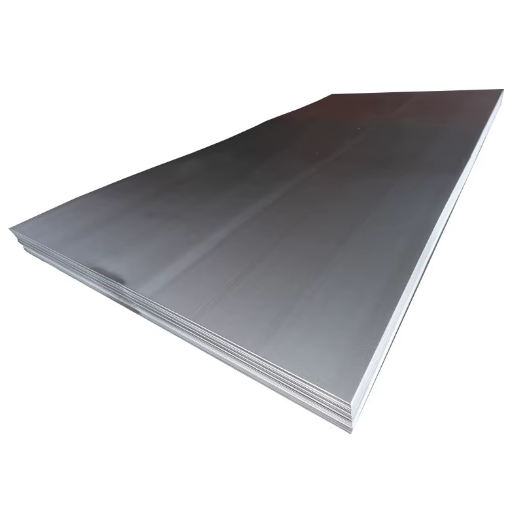
The most significant difference between other steel gauge standards is the thickness with respect to an 11-gauge steel sheet. About 0.1196 inches in thickness, an 11-gauge steel sheet is thicker than some gauge numbers, such as 12-gauge (0.1046 inches) or 14-gauge (0.0747 inches), while it is thinner than lower-numbered ones, such as 10-gauge (0.1345 inches). That thickness offers 11-gauge steel a fair balance between the strength and handiness required for applications that impose a serious load-bearing capacity, where lightweight load solutions are considered. Thinner gauge alternatives are cheap and easy to manipulate, yet at the cost of strength. On the other side, thicker alternatives provide more strength, the added challenge of shaping, and low appeal to lightweight applications. The selection is usually dependent upon parameters of durability, weight, and cost-efficiency for intended use.
Differences Between 11-Gauge Steel and Other Steel Gauges
|
Parameter |
11-Gauge Steel |
Thinner Gauges |
Thicker Gauges |
|---|---|---|---|
|
Thickness |
0.1196 inches (approx.) |
Less than 0.1196 inches |
Greater than 0.1196 inches |
|
Durability |
High |
Moderate to low |
Very high |
|
Weight |
Moderate |
Lighter |
Heavier |
|
Cost Efficiency |
Balanced |
More economical |
Less economical |
|
Flexibility |
Moderate flexibility |
Higher flexibility |
Lower flexibility |
|
Load-Bearing Capacity |
Suitable for moderate-heavy loads |
Lower capacity |
Superior capacity |
|
Ease of Fabrication |
Moderate difficulty |
Easier to fabricate |
Harder to fabricate |
|
Common Applications |
Structural, machinery, fencing |
Ductwork, automotive panels |
Heavy-duty construction, tools |
|
Corrosion Resistance |
May require coatings |
May require coatings |
Excellent with treatments |
|
Energy Use in Production |
Moderate |
Lower energy required |
Higher energy required |
Applications of Different Steel Gauges
- Light-Gauge Steel (Thicker Gauges, e.g., 8-12 gauge)
- Construction: Generally employed in heavy-duty structural support works, such as support beams or support columns for building frameworks. They are suitably dimensioned to carry heavy loads.
- Machinery: Heavy gauge steel is used in the manufacture of industrial machinery, gears, and heavy-duty tools, where the matter of resistance to wear and tear is of paramount importance.
- Fencing and Barriers: Assure protection from physical impact in outdoor fencing, security barricades, and railings.
- Medium-Gauge Steel (Moderate Thickness, e.g., 13-18 gauge)
- Ductwork: Mostly used in duct fabrication for HVAC due to its moderate level of strength and easy shapeability.
- Automotive Panels: It is the ideal candidate for use in both automobile bodywork and structural components, being flexible enough yet quite sturdy.
- Household Appliances: Included mostly washing machines, refrigerators, and so forth, due to moderate corrosion resistance and sturdy design.
- Thin-Gauge Steel (Thinner Gauges, e.g., 19-26 gauge)
- Roofing and Siding: Used in residential and commercial constructions, this is a lightweight material that provides coverage.
- Fabrication of Lightweight Components: Thin gauge finds application in fabricating items such as kitchen utensils, electrical conduit pipes, and decorative panels where thinner materials are needed.
- Packaging and Containers: Thin gauge is used extensively in manufacturing tin sheets, cans, and packaging products, providing a capable, recyclable solution for storage applications.
Practical Tips for Using 11-Gauge Steel
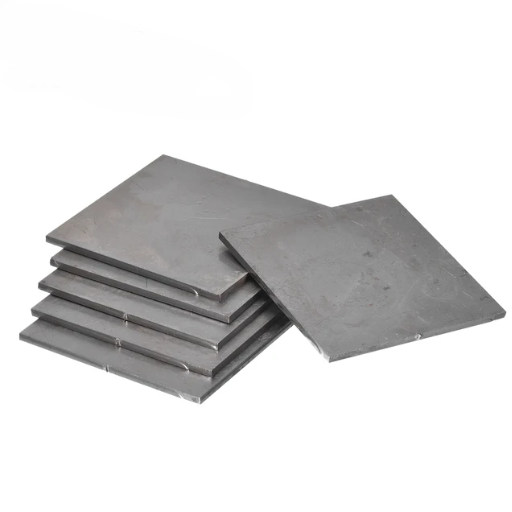
- Ensure Proper Handling: Can be dented due to mismanagement and mishandling during transportation and storage. Use padded supports and avoid stacking during transportation.
- Choose Appropriate Tools for Cutting: They are tools that cut 11-gauge steel well and should be used, for instance, plasma cutters or industrial-grade saws for thicker materials, that ensure clean and accurate results.
- Protect Against Corrosion: From each coating, apply paint, powder coating, or galvanization to resist corrosion and increase longevity; utmost care should be given when placed in outdoor or high-moisture environments.
- Account for Material Weight: 11-gauge steel has major weight considerations. Get your lifting mechanism planned beforehand and make sure that your support framework can stand the loads imposed when laid.
- Consider Welding Requirements: In the welding of 11-gauge steel, welding procedures suitable for 11-gauge steel-welding, as well as equipment settings for producing highly dependable welds, should be employed.
Best Practices for Handling and Fabrication
- Storage and Corrosion Prevention: It would be appropriate to store the material in 11-gauge steel in cold, dry, and enclosed spaces so that rust will not form due to the high humidity. One can also think of using protective coatings. Moisture attacking the metal may not be the only thing to think of. Most likely, painting into an enhanced longevity area will require such additional procedures.
- Precision Cutting Techniques: Use cutting tools in compliance with the steel type, whether plasma cutting, hydraulic shearing, or sturdy hand shears, to produce crisp, clean cuts with no damage to the internal integrity of the materials or high-level accuracy. Check that all blades are sharp and, in the case of hydraulic tools, carefully calibrated beforehand.
- Material Temperature Considerations: Steel properties alter at extreme temperatures; consider always during fabrication thermal expansion and contraction factors to maintain structural precision and preempt accumulation of stress points.
- Surface Preparation: Be it welding or coating, eliminate dirt, marketing oil, debris, or rust through a mechanical or chemical process. Well-prepared material will guarantee adhesion and not create weak points in the structure.
- Load Testing Post-Fabrication: Thorough load testing on samples should be carried out after fabrication for engineering evaluation under anticipated load conditions.
Common Mistakes to Avoid
- Insufficient Surface Preparation: Inadequate surface preparation of the 11-gauge steel before welding or painting, such as failure to clean rust, oil, or mill scale, often leads to poor welds and paint coatings. Contaminants on the surface reduce the adhesion of paint and welding filler, with a heavy risk of early failure and subsequent detachment of the coating or weld.
- Improper Welding Techniques: Wrong welding parameters-welding amperage, welding voltage, travel speed, etc.-produced inferior weld joints, which can cause his welds to become weak, brittle, and porous. Porosity should be controlled through proper welding procedures to ensure the best performance and service life.
- Overlooking Thermal Expansion Effects: Without adequate assessment of thermal expansion distortion, fabrication may impart unwanted warping and dimensional error. Allowance for distortion consideration and engineering application of appropriate cooling schemes are necessary for distortion control to maintain structural integrity.
- Underestimating Load Requirements: Designing without a thorough investigation of load requirements or stress distributions results in catastrophic failures during operation. Thorough testing and simulation of all load conditions will eliminate such oversights.
- Failure to Conduct Periodic Inspections: It is going to allow the occurrence of wear, corrosion, or fatigue damage without notice until it brings an untimely end to the structure. A promising inspection schedule will enable the detection and remedial action of such defects in due time.
Resources for Further Learning
Certain content is relevant for anyone studying 11-gauge steel or has the ambition to visit any sources that might provide so. There are plenty of professional publications and websites that can help you improve your skills. Some of these supporting publications include detailed information on specific work processes and materials, what not to request, even in the best-known establishments, for extra services, as they are not ethical. Some of these references are as follows:
- American Institute of Steel Construction (AISC) Manuals: These contain steel construction design, steel construction fabrication and steel construction structural design all in one place. There are materials, such as the tensile strength of members, which are useful for welding design.
- ASTM Standards for Structural Steel: Existing norms in this field are regulated by such rules as ASTM A36 and ASTM A1011, which explain all the mechanical and chemical properties of steel of 11-gauge. They help to choose proper mates for the manufacture and use of steel.
- Welding Handbook by the American Welding Society (AWS): In this document, you will find instructions for welding, information on materials of work using 11-gauge steel, and what operations should be performed to achieve a high-quality result without any defects.
- Steel Construction Journals and Publications: For example, the American Institute of Steel Construction (AISC) publishes structural steel research and development outcomes in its journal called Steel Design and provides a rather comprehensive sixteen-volume Steel Manual covering all aspects of 11-gauge steel, including its national application.
- Industrial Training and Certifications: There are qualifications such as the American Welding Society (AWS) Certified Welding Inspector (CWI) and the National Institute for Certification in Engineering Technologies (NICET), which are more individual-oriented and can also broaden the level of competence in steel needs fulfillment.
Reference Sources
-
“Influence of steel gauge on the microstructure and corrosion performance of zinc alloy coated steels”
- Focus: Examines the impact of different steel substrate gauge thicknesses on the microstructure and corrosion resistance of zinc alloy-coated steels.
- Read more
-
“A gamma ray thickness gauge for hot steel strips and tubes”
- Focus: Discusses the use of gamma rays for measuring the thickness of hot steel strips and tubes.
- Read more
-
“Recent development on theory and application of variable gauge rolling, a review”
- Focus: Reviews advancements in variable gauge rolling (VGR) theory and applications, including its impact on steel thickness.
- Read more
Frequently Asked Questions (FAQs)
Q: What Is the Thickness of 11 Gauge Steel?
A: 11 gauge steel has a thickness of approximately 0.125 inches or 3.175 mm. This measurement is part of the sheet metal gauge system, which indicates the thickness of the metal. As the gauge size increases, the thickness decreases; therefore, 12 gauge steel is thinner than 11 gauge, while 10 gauge is thicker. The thickness of 11 gauge is commonly used in various applications, including construction and manufacturing. Understanding the gauge thickness is essential when selecting materials for structural integrity and durability. You can refer to a thickness chart for a detailed comparison of other gauge sizes.
Q: How Does 11 Gauge Steel Compare to Other Gauge Sizes?
A: When comparing 11 gauge steel to other gauge sizes, such as 12 gauge and 14 gauge, it’s important to note that 11 gauge is thicker than both. Specifically, 12 gauge steel measures 0.105 inches, while 14 gauge steel is even thinner at 0.075 inches. This means that 11 gauge steel offers more strength and durability, making it suitable for applications that require robust materials. The difference in thickness can significantly affect the weight per unit area; for instance, 11 gauge steel typically weighs more than its thinner counterparts. Understanding these differences is crucial when choosing between mild steel and galvanized steel options for specific projects.
Q: What Is the Conversion of 11 Gauge Steel Thickness to Millimeters?
A: The conversion of 11 gauge steel thickness to millimeters is approximately 3.175 mm. To convert inches to millimeters, you can use the conversion factor of 25.4, which means multiplying the inch measurement by this number. This conversion is essential for international projects where metric measurements are standard. For example, when engineers specify sheet metal gauge in mm, knowing the equivalent in inches helps in selecting the right materials. This is particularly important when working with iron and steel, as different regions may have varying preferences for measurement systems.
Q: How to Determine the Thickness of Steel Using a Gauge Chart?
A: To determine the thickness of steel using a gauge chart, you first need to identify the gauge size, such as 11 gauge, and then refer to the specific chart for that measurement. Gauge charts typically list the thickness in both inches and millimeters, allowing for easy reference. Each gauge size corresponds to a specific thickness, which can be critical when assessing the material’s suitability for a project. For instance, 11 gauge steel will have a specific measurement that indicates its strength and load-bearing capacity. Understanding how to read these charts is essential for engineers and contractors alike, as it ensures accurate material selection.
Q: What Are the Characteristics of 11 Gauge Mild Steel?
A: 11 gauge mild steel is known for its excellent balance of strength and ductility, making it a popular choice for various applications, including structural components and fabrication. Its thickness of 0.125 inches provides good support while remaining workable for cutting and shaping. Mild steel, which contains low carbon content, is less brittle than other types of steel, which enhances its formability. Additionally, 11 gauge mild steel can be galvanized for added corrosion resistance, making it suitable for outdoor applications. When selecting 11 gauge mild steel, one should consider factors like weight per unit area and the requirements of the specific project.

